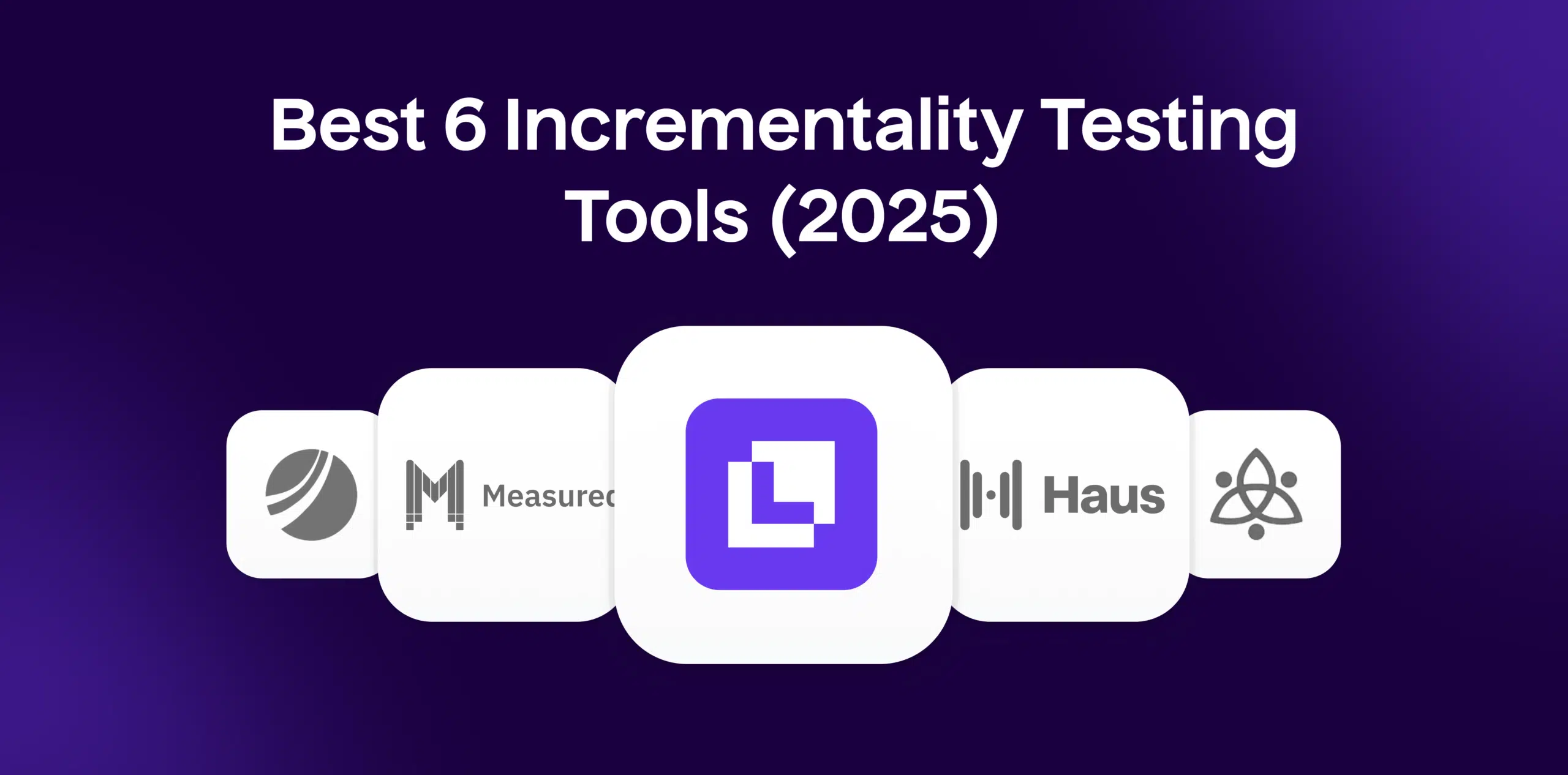What is Email Bounce Rate?
Email Bounce Rate is an essential term in digital marketing metrics, specifically in email marketing. It pertains to the proportion of your total emails that couldn’t be delivered to the recipients’ inbox. A higher bounce rate often suggests that email addresses have issues – they might be incorrect, fake, or inactive. This metric is classified into two types – soft bounce and hard bounce. A soft bounce denotes temporary issues like full mailbox or server problems, while a hard bounce signifies permanent issues like non-existing or blocked email addresses. A lower Email Bounce Rate is a yardstick of an effective email marketing campaign.
Formula
Email Bounce Rate (%) = (Total Bounced Emails / Total Sent Emails) * 100
Example
For instance, if you sent out a promotional email to 5,000 subscribers and it was undelivered to 200 email addresses, then your Email Bounce Rate is (200/5000)*100, i.e., 4%.
Why is Email Bounce Rate important?
By tracking your Email Bounce Rate, you can better gauge the health and quality of your email list. A high bounce rate indicates that many of your email contacts are invalid undermining your campaign reach, affecting your email deliverability score, and potentially flagging you as a spam sender.
Which factors impact Email Bounce Rate?
- Email List Quality: If you’ve not updated your email list or it contains a lot of old addresses, it might increase your bounce rate.
- Incorrect Addresses: Misspelled or fake email addresses result in hard bounces.
- Aggressive Email Filters: The recipient’s server often filters or blocks unwanted emails, leading to bounces.
How can Email Bounce Rate be improved?
- Regularly Cleanse Your Email Lists: Removing inactive subscribers or undelivered emails can drastically reduce your bounce rate.
- Permission-Based Email Lists: Always ensure that the recipient has permitted you to send emails, which you can solicit through an opt-in program.
- Verify Email Addresses: Use email verification tools to confirm the validity of email addresses before sending the campaign.
What is Email Bounce Rate’s relationship with other metrics?
Email Bounce Rate directly affects other ecommerce metrics like open rate, click-through rate, conversion rate, and return on investment (ROI). A high bounce rate indicates fewer emails are being delivered, reducing other metrics’ potential. Hence, managing the bounce rate is critical to an effective email marketing strategy to ensure overall ecommerce success.
Free essential resources for success
Discover more from Lifesight
























































